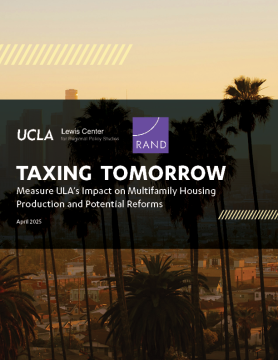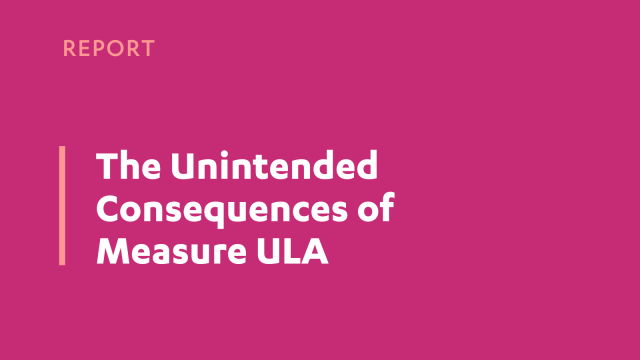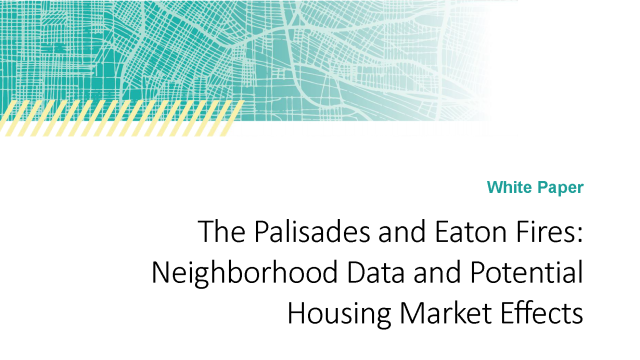ADUs in CD3: A Broad Analysis of the Prevalence, Role, and Impact of Accessory Dwelling Units in Los Angeles’ Council District 3
This report, prepared for Councilmember Bob Blumenfield’s office, explores the potential of Accessory Dwelling Units (ADUs) to address housing challenges in Los Angeles’ Council District 3. The district’s varied socioeconomic and demographic composition presents both opportunities and challenges for ADU development, influencing the spatial distribution of ADU rates. Parcel- and neighborhood-level characteristics are analyzed to understand key associations with ADU occurrence, revealing that household income and zones with stringent development standards are significant predictive factors of ADU rates. Ownership patterns and ADU uses are explored, highlighting investor involvement and the benefits of ADUs as sources of rental income, housing for family members, or personal amenity space.
The report also focuses on the impact of ADUs on housing affordability. ADUs provide significant additional income for homeowners, offsetting mortgage payments and making homeownership more achievable. However, significant barriers to ADU development persist, especially when it comes to making ADUs available as rental units to the broader market. High construction and operation costs, lack of accessible information, community resistance, and homeowner hesitations toward non-family tenants all contribute to the unrealized potential of ADUs. Moreover, the observation that rents for ADUs are not significantly more affordable compared to comparable multi-family units, coupled with homeowners’ reluctance to rent ADUs with affordability restrictions, limits the potential of these units to serve as affordable housing sources.
The report’s findings aim to guide ADU development not only within Council District 3 but also across broader scales, assisting in identifying trends and formulating policies that enhance housing strategies statewide.



